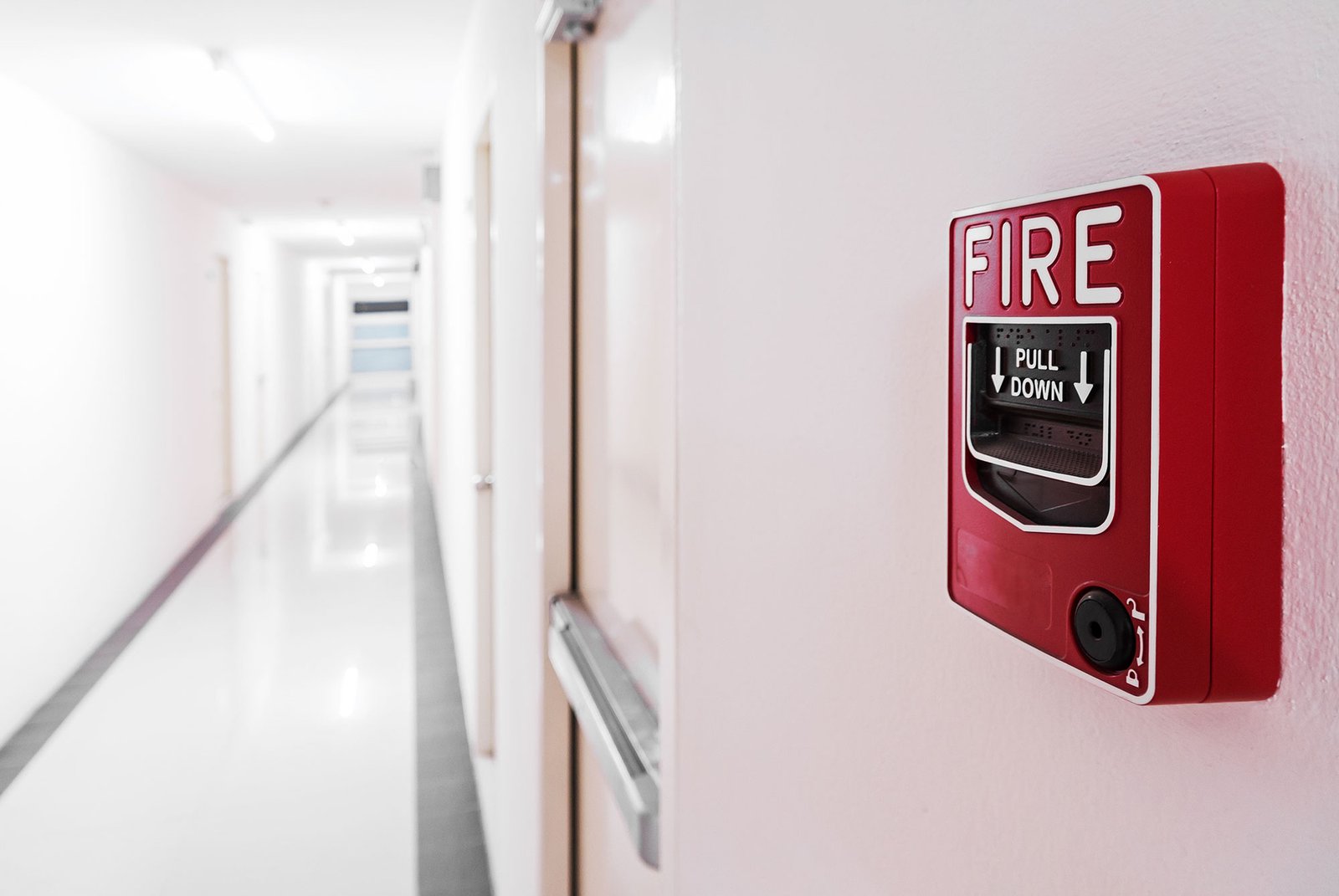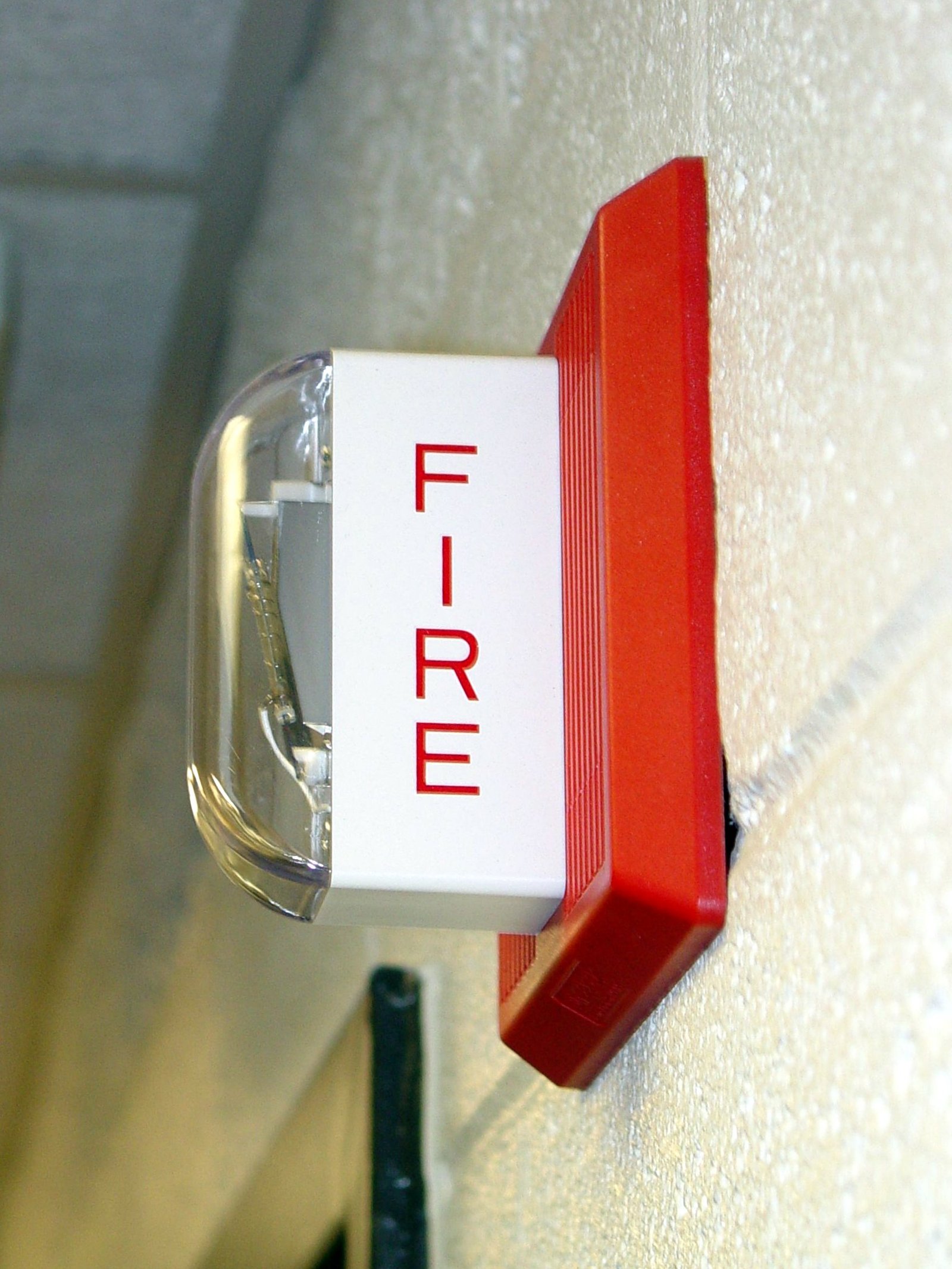Fire Detection System
A fire alarm system is distinct from a fire fighting system in that it has no connection to the fire fighting system; its purpose is to inform all humans in the building that there is a fire via an audible alarm, so that they may evacuate the building. The two systems are independent but can be integrated to operate as one single system for many suppression and flooding requirements of high value asset protection. It is mandatory for every building other than those exempted under NBC to have a fire fighting system; a fire alarm system is also required in important and public buildings as specified in NBC and also in other exempted buildings too for the safety for people and property.
A fire alarm system consists of fire sensors, such as smoke and heat detectors, located throughout the building, connected to a main alarm panel by special cables. The panel is in turn connected to a set of hooters or sounders that give an audible alarm throughout the building and its surrounding areas.
In most areas smoke detectors are used to sense fires; they cannot be used in areas like kitchens where smoke is usually present. In such areas heat detectors (which actually detect a sudden increase in heat) are used. Devices such as a manual call point (a small button placed near exits that can be pressed by anyone who realizes that there is a fire) and a response indicator (a small red light that is placed outside a door; this lights if the smoke detector inside has been activated in order to tell the fire fighters the location of the fire) are also used.
The main alarm panel should ideally be placed in a 24-hour control room or security room. The panel will indicate the location of the fire to the persons manning it so that they can coordinate the evacuation process. In case the main panel is kept elsewhere, a repeater panel can be placed in a security room.
A Fire Alarm System is presently available in three types, Conventional, Semi Addressable and Addressable Systems.
In a conventional System, a set of detectors are assigned in one single zone, any sensor initiating a fire will only help with the Zone indication in a Panel, which is then up to the Safety personnel to locate the initiating device from the 20 odd detectors that can be placed in a zone, hence this system is suitable for open areas and small sites. A semi Addressable system will help us overcome this drawback by having an address to every sensor, an addressable system is more complex and reliable too and the need in medium to large sites with thousands of detectors and devices but all addressed and easily located and controlled from Panels and Repeater Panels.



